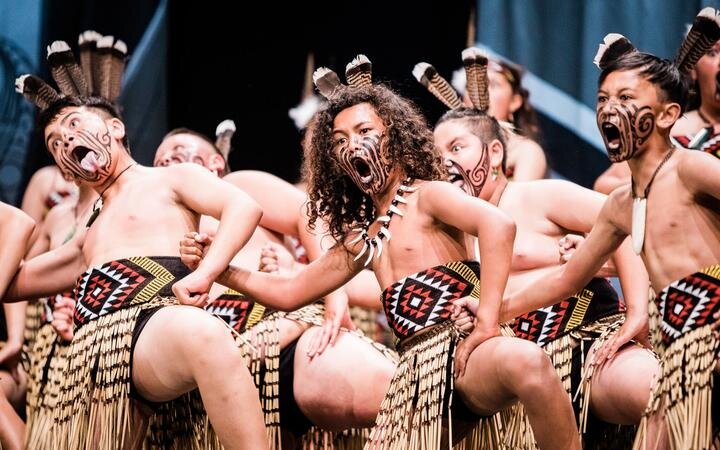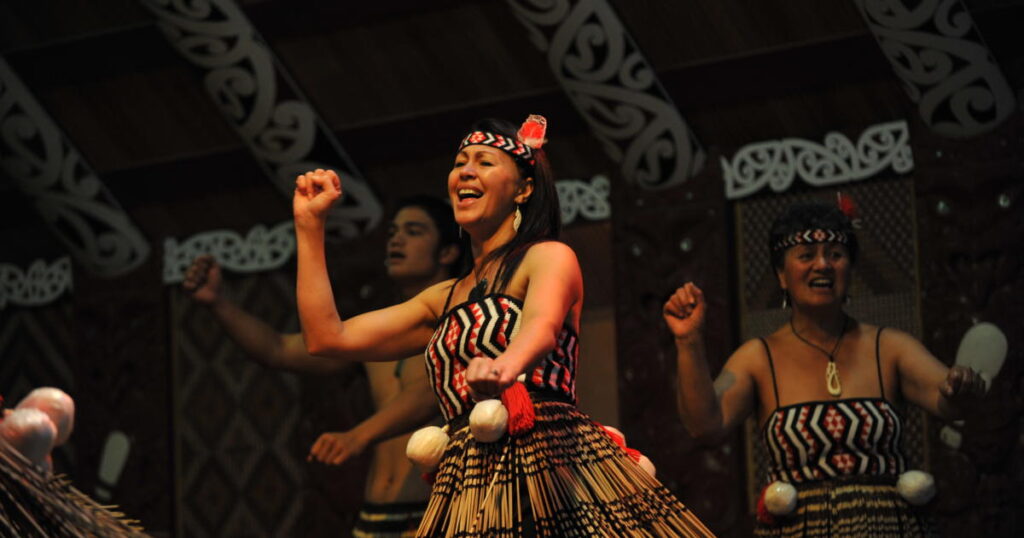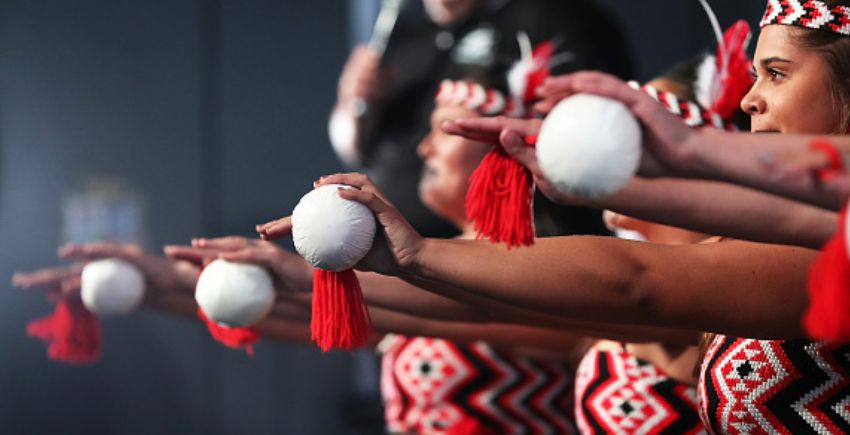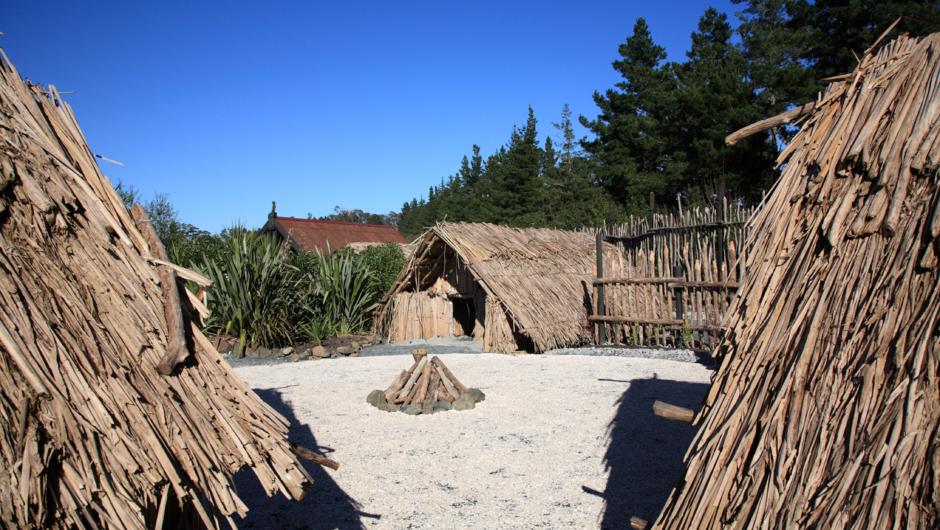What Makes A Great Maori Kapa Haka Performance?
Posted by Maris on 9th Jan 2024
The Maori performing arts in New Zealand are referred to as kapa haka. To produce a fantastic Kapa Haka, the Maori must pay close attention to every tiny aspect, including songs, dances, and even facial expressions.
What Actually Kapa Haka Is?

Maori performing arts are referred to by this word. To "haka" is to dance, and to "kapa" is to gather a group. A "Kapa haka" performance requires chanting, singing, and dancing in a strong and moving way.
Usually, on special occasions, cultural groups perform it on the marae. You'll watch a variety of compositions during the event. They range from chants and chorus singing to sultry action tunes and fierce combat dances. Additionally, there are shows that feature expert demonstrations of conventional weapons.
So, you should seize the opportunity to experience the thrill of kapa haka while you're in New Zealand.
The Purpose Of Kapa Haka
For the Maori people, kapa haka is an important and revered custom. Through song and dance, it aims to symbolize and highlight their place of origin and ethnic Polynesian identity.
This is why Maori celebrations still feature the Kapa Haka performance today. They do so to greet guests and convey the significance of the occasion.

Factors That Form A Perfect Kapa Haka
As we mentioned above, there are various factors that form a perfect Kapa Hapa. So, let's find out what they are together!
Waiata-a-ringa - Kapa Haka Songs

In Kapa Haka action songs, waiata-a-ring, for example, the lyrics are often backed by symbolic hand gestures. When the performers flutter their hands fast, it’s the “wiri” movement. This movement symbolizes heat waves, shimmering waters, or a breeze rustling the leaves.
Depending on a certain context, Waiata-a-ringa can be flirtatious, fun, or serious.
Haka - The Maori War Dance
The Maori haka is a ceremonial dance of challenge and battle. The Maori aim to display their strength, solidarity, and pride through haka.
Loud chanting is accompanied by body slapping, tongue thrusting, and foot stomping. Haka's poetic tales frequently recount historical events and ancestors. Performers may incorporate traditional spears into their haka, such as Taiaha (spear-like weapons) and Patu (clubs).
Poi - Charming Dance

This is a kind of dance where each performer twists one or more poi in unison with the others. Then, when they want to change direction, they have to strike the ball to create noise that makes a percussive rhythm.
As far as we know, most poi dancers are women. And a great performance has to powerfully deliver a sense of grace, charm, and beauty.
Pukana
Facial expressions are known as pukana. It is undoubtedly a crucial component of kapa haka. In a song, a pukana emphasises a particular section. It also conveys the intensity or emotion of the performer.
Women must thrust out their chins and open their eyes wide when practicing pukana. Men may display their teeth, spread their tongues, and expand their eyes. Despite their seeming intensity, these facial expressions do not indicate aggressiveness. On the other hand, it displays intense and deeply felt feelings.
Where To See A Kapa Haka Performance In New Zealand

Here are some places where you can have this Maori traditional performance.
In the North Island:
- Rotorua - This site consists of many Maori cultural centers. For example, Mitai Maori Village, Whakarewarewa Thermal Village, Tamaki Maori Village, Te Puia, etc. So, when coming to Rotorua, you’ll have an authentic Maori cultural experience
- Auckland Museum - Did you know that Auckland Museum has the largest Maori and Pacific Island collections in the world? Also, it’s the only venue in Auckland to offer daily Kapa Haka performances.
- Te Hana Te Ao Marama - This place has a 17th-century Maori Village. As a result, it’s perfect for a Kapa Haka performance that you long for.
In the South Island:
- Ko Tane - Unfortunately, Ko Tane is the only site in the southern region to showcase this Maori dance. But don’t worry, you still have a chance to experience various forms of the Kapa Haka here.
Related Posts You Can Read:

